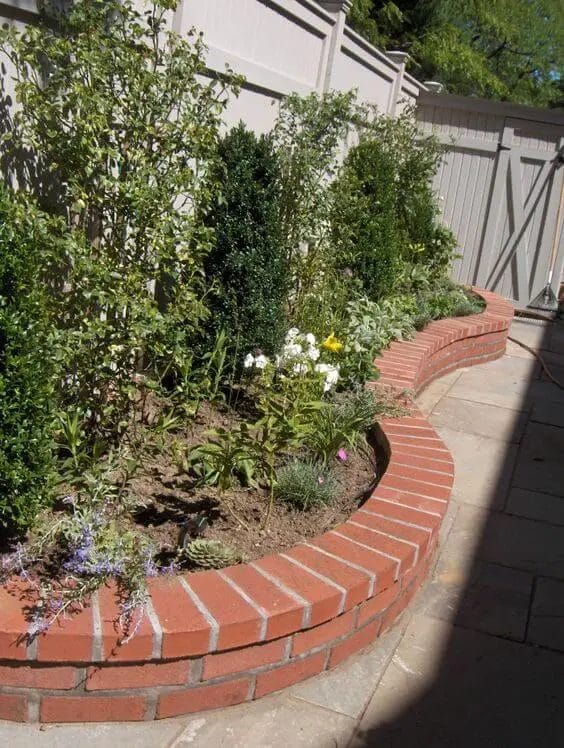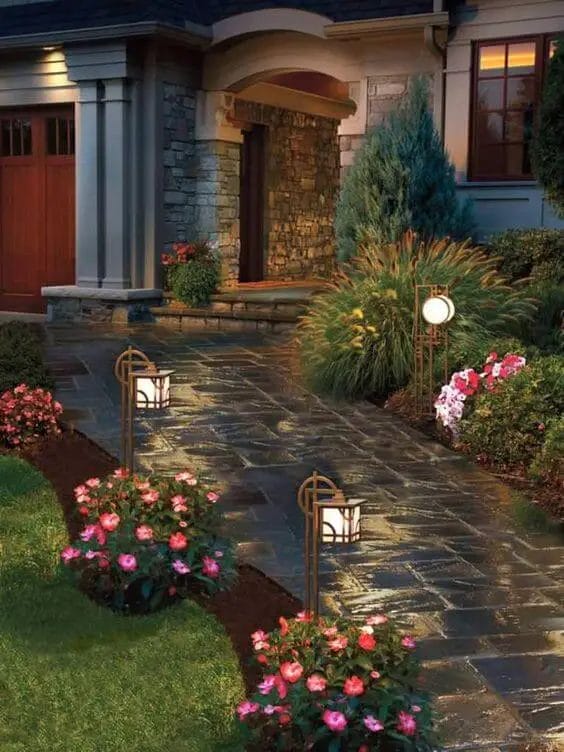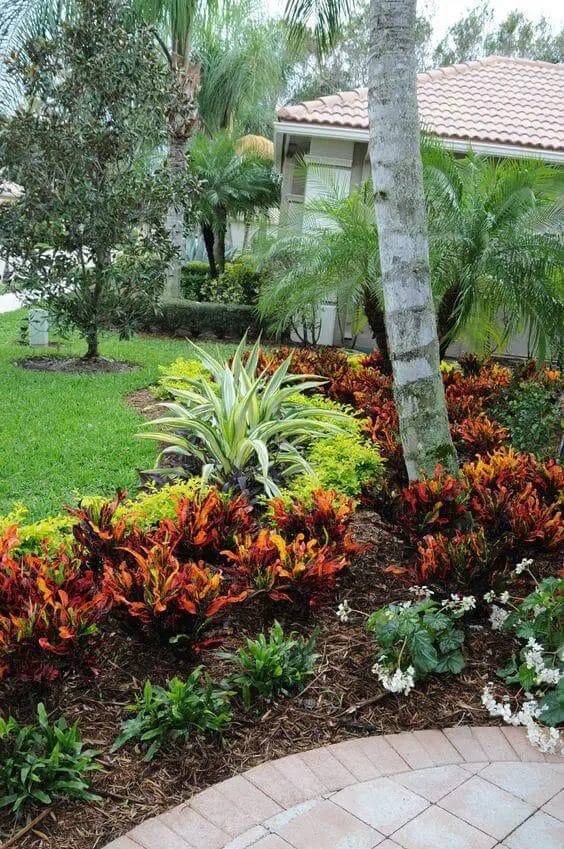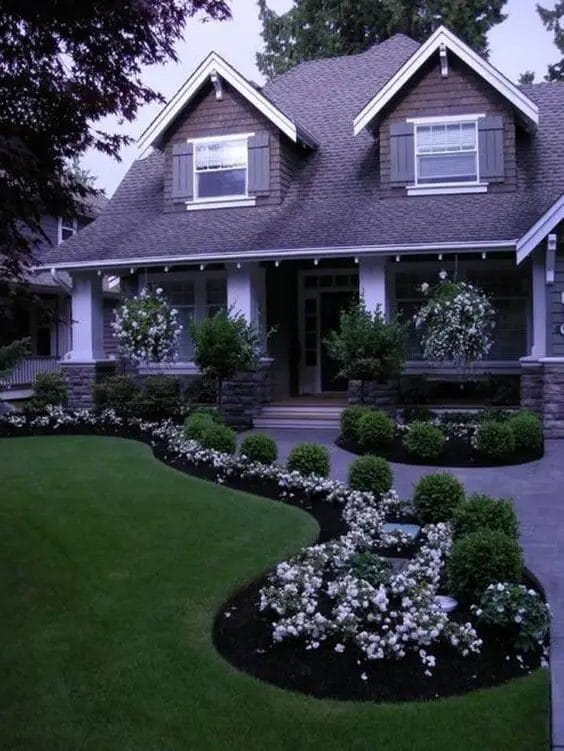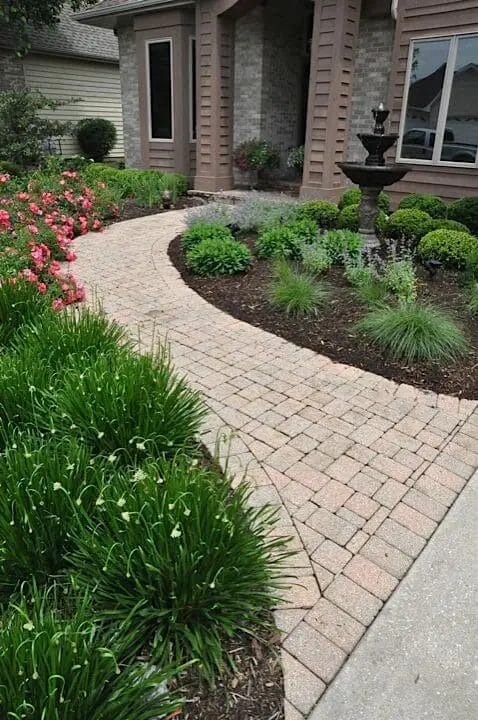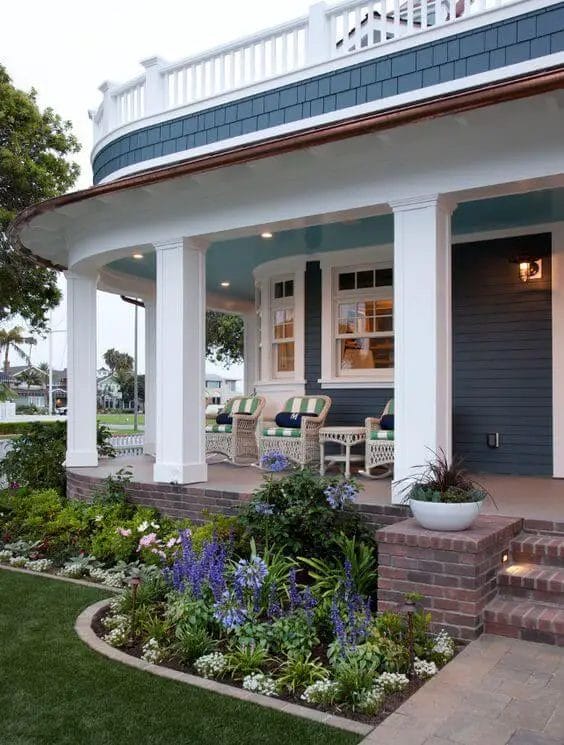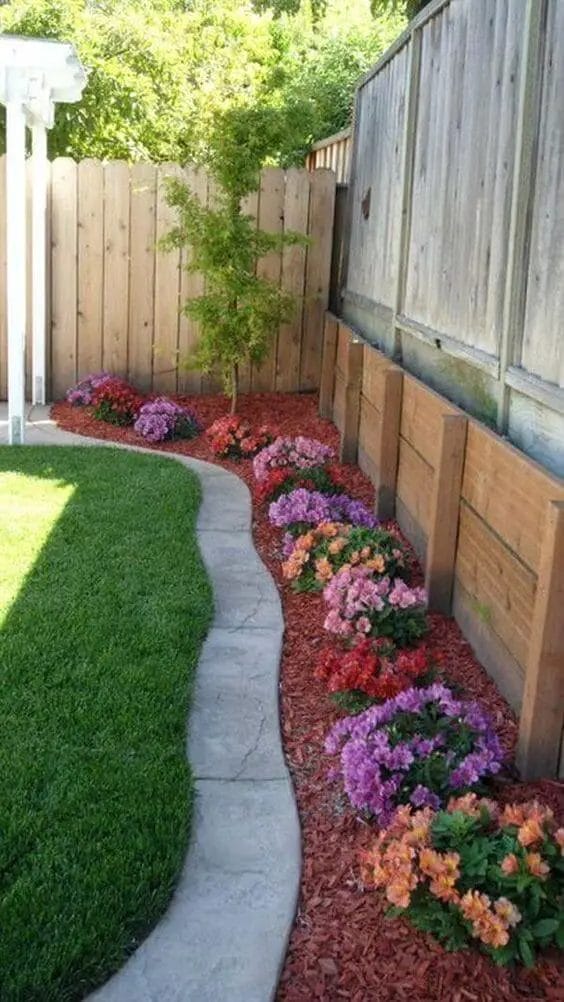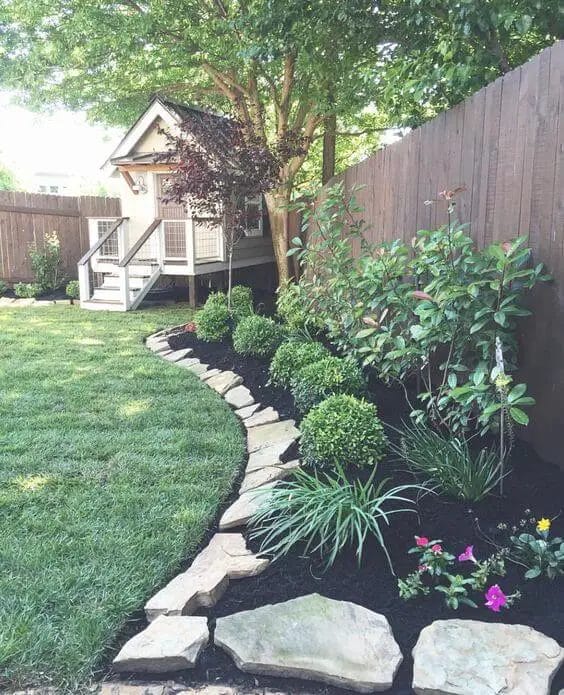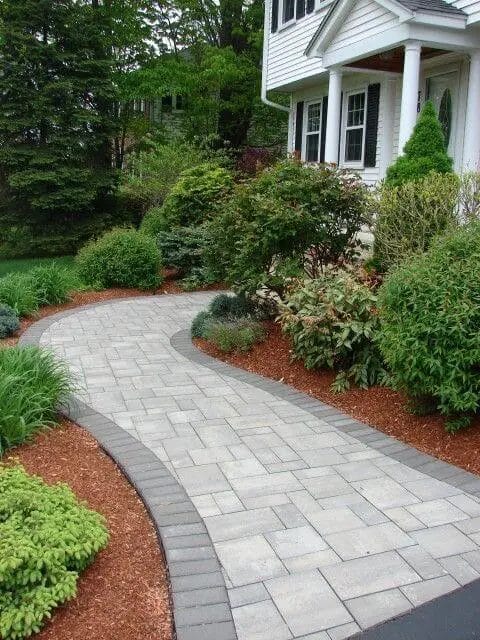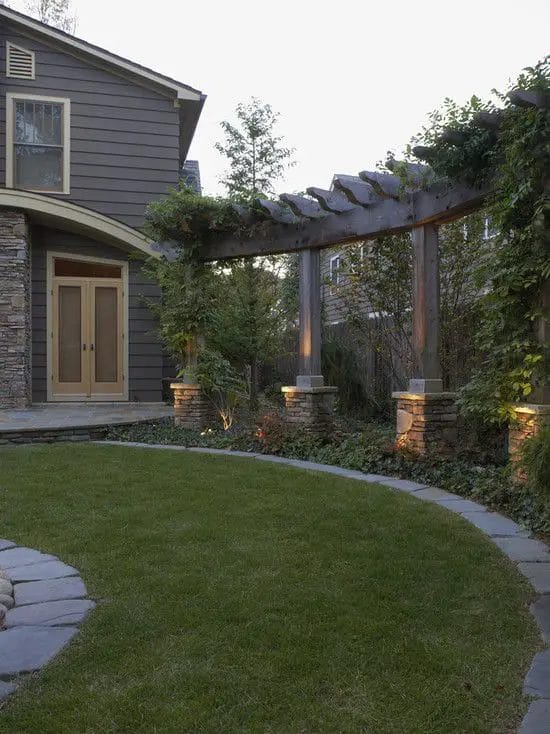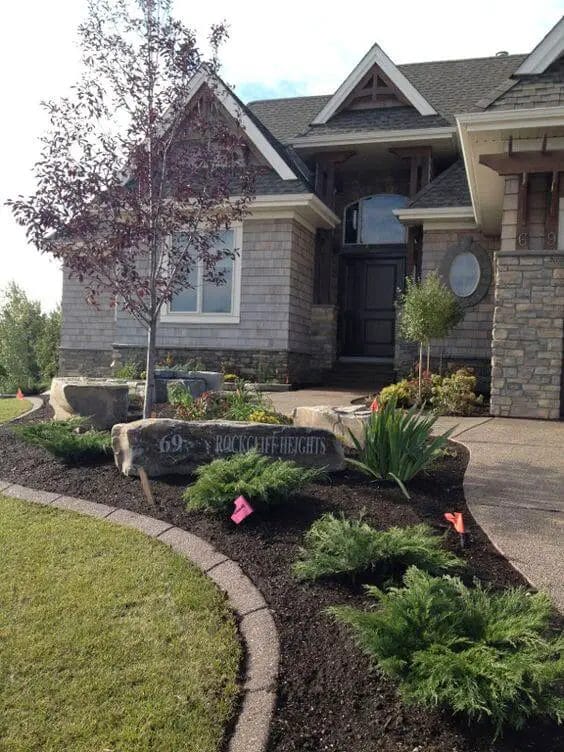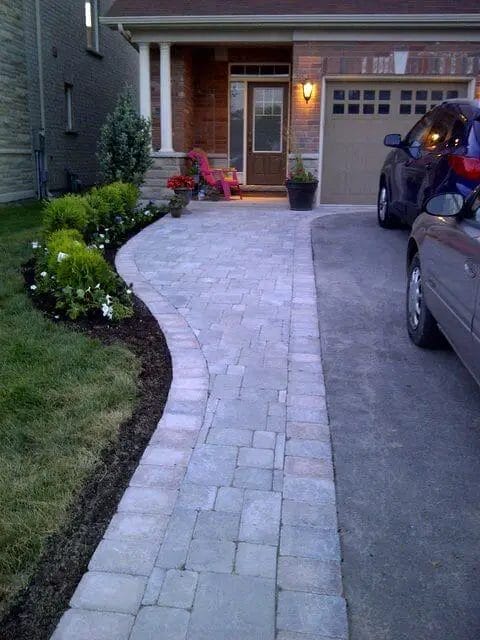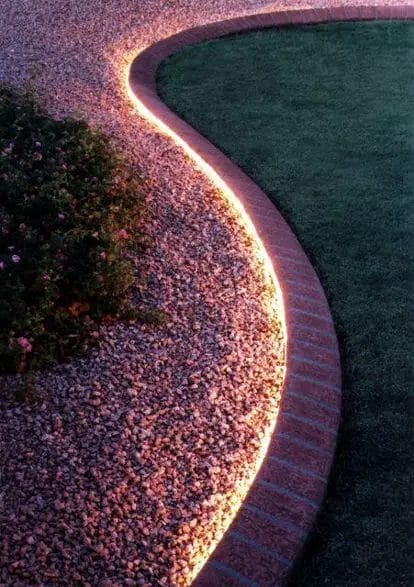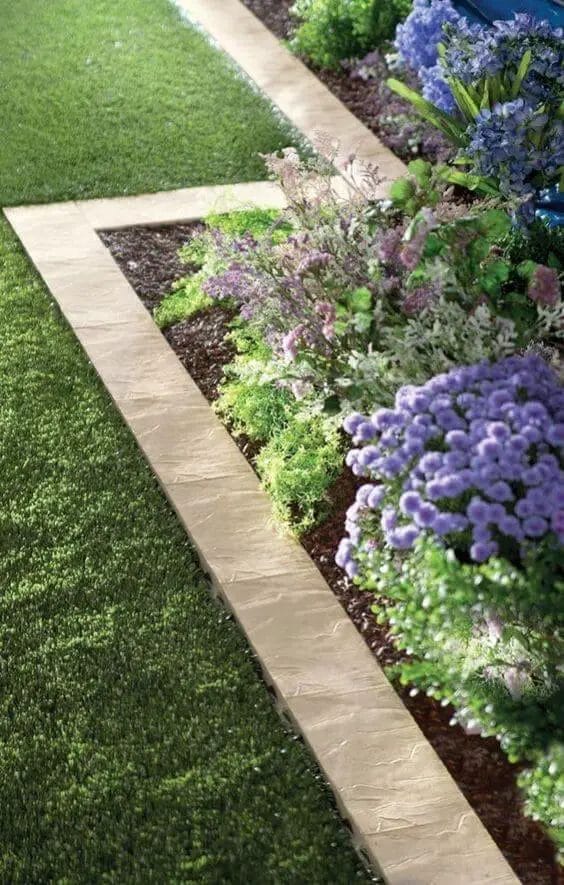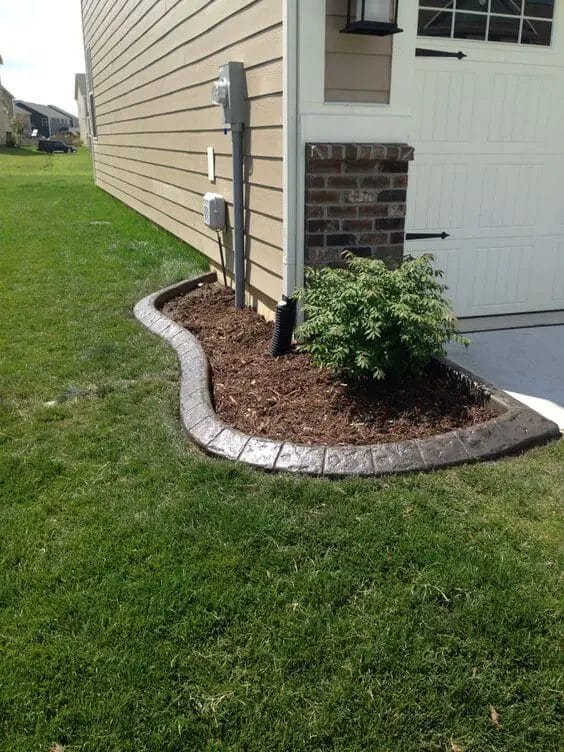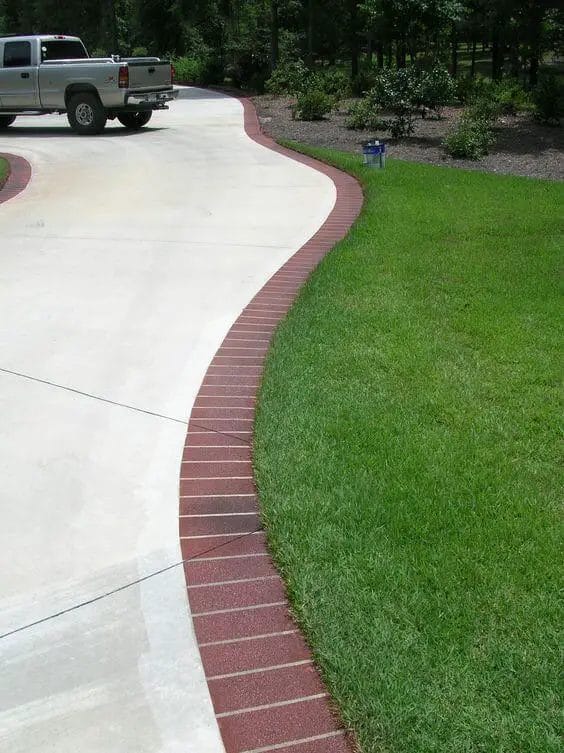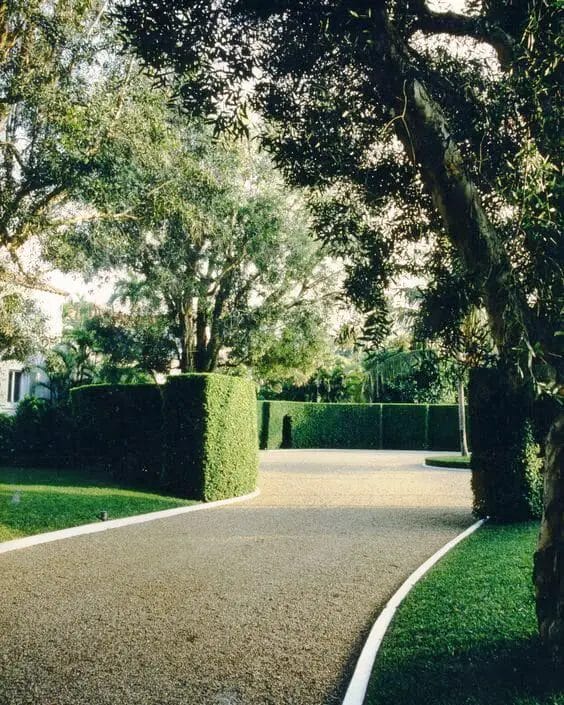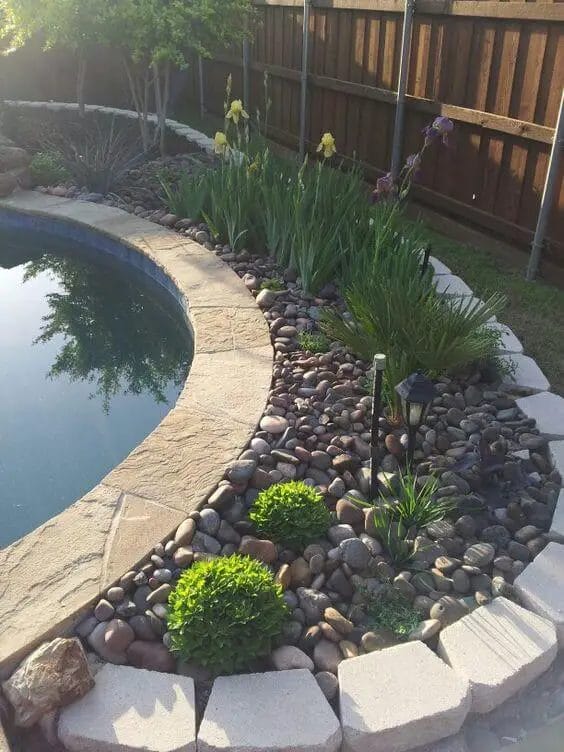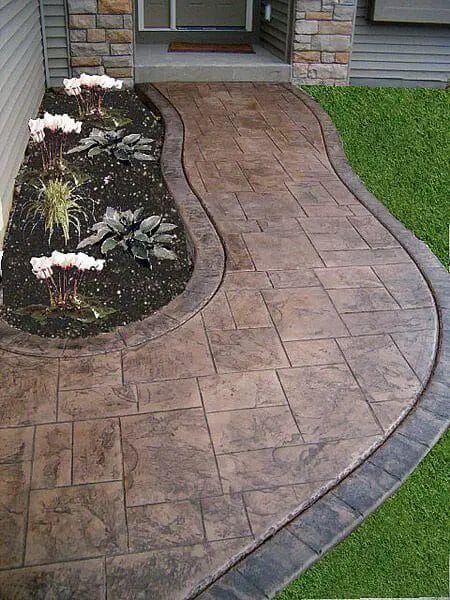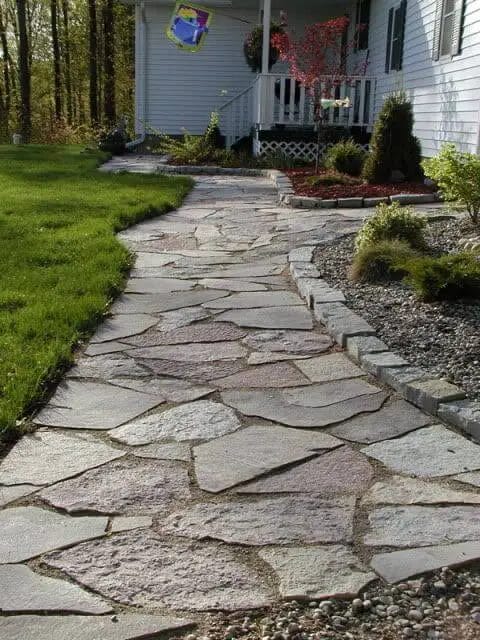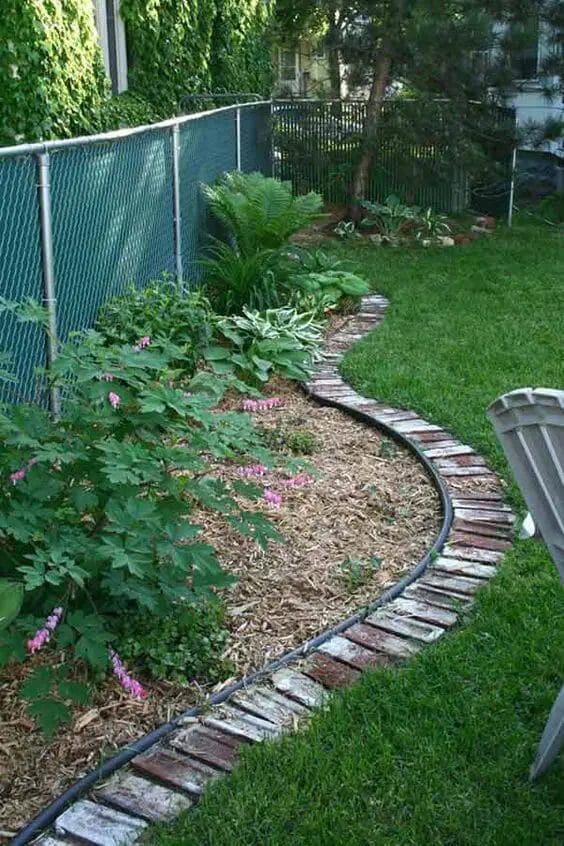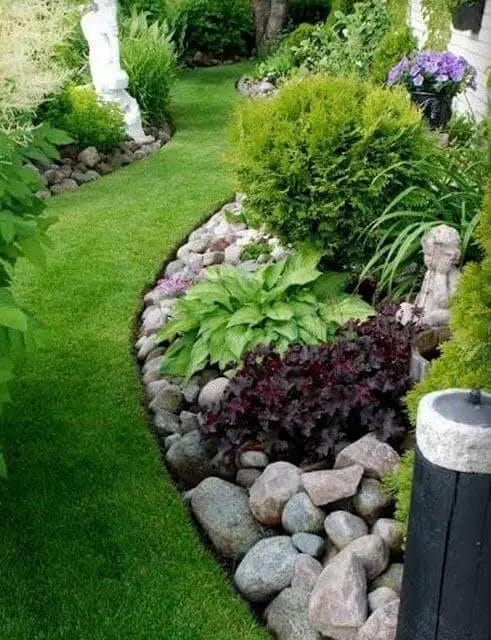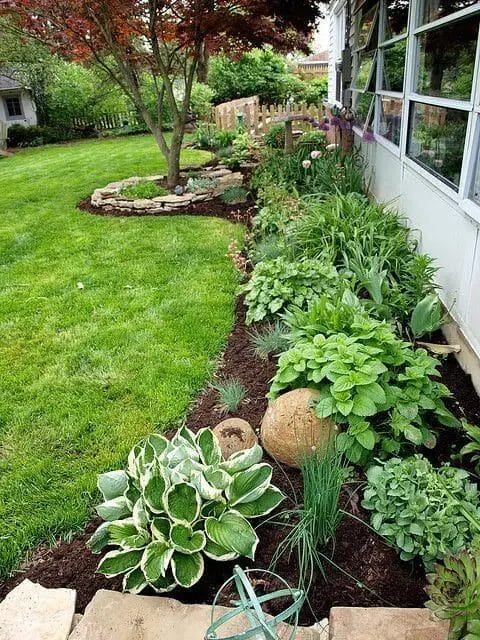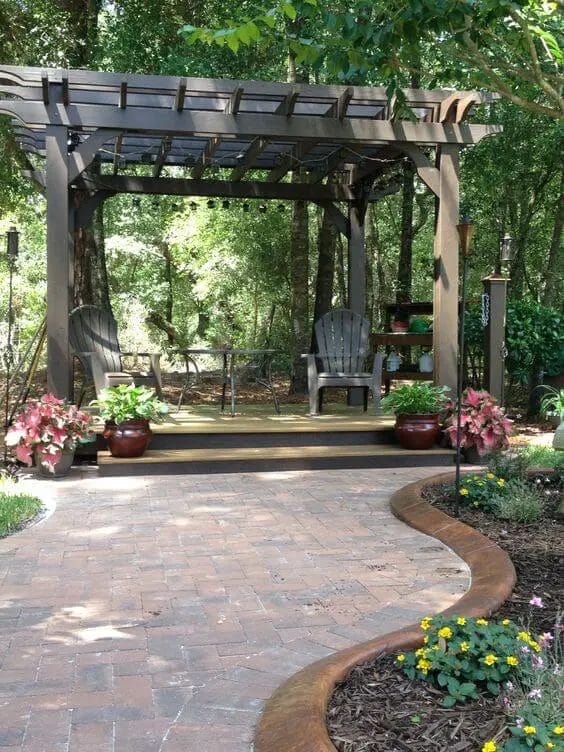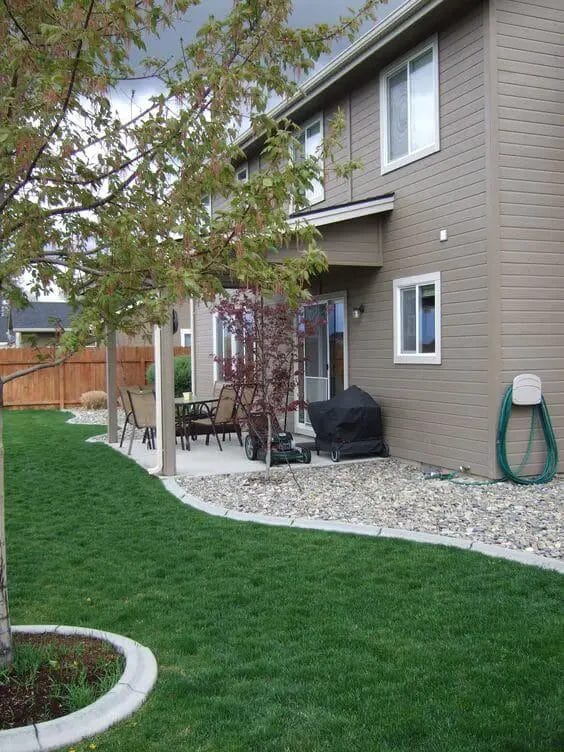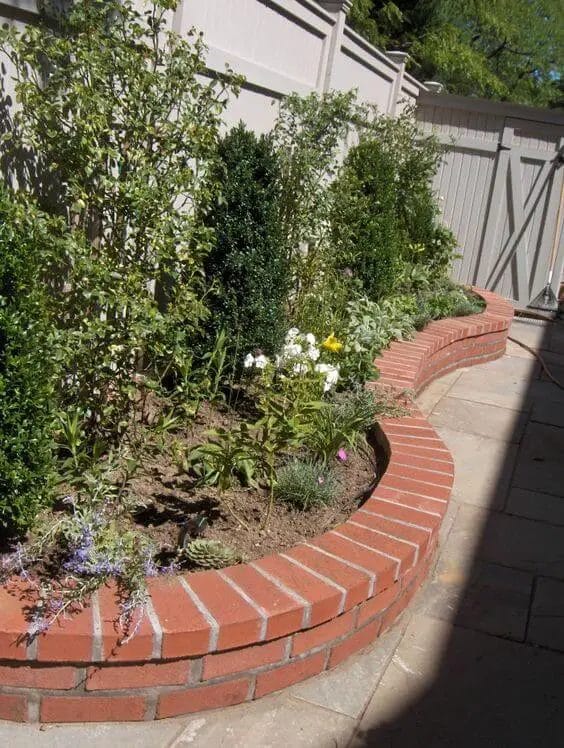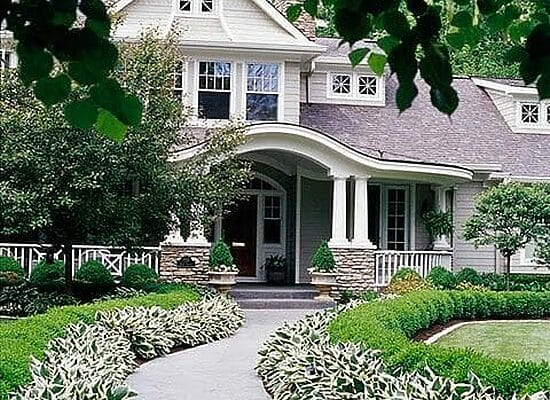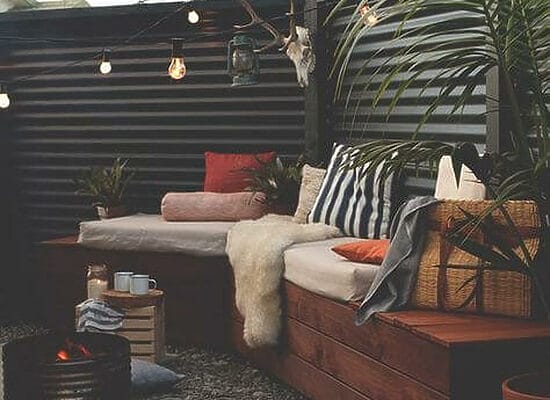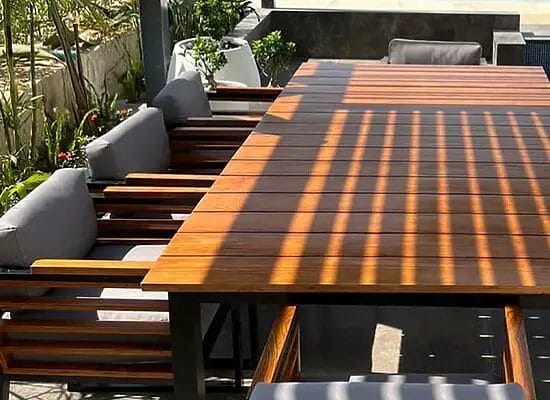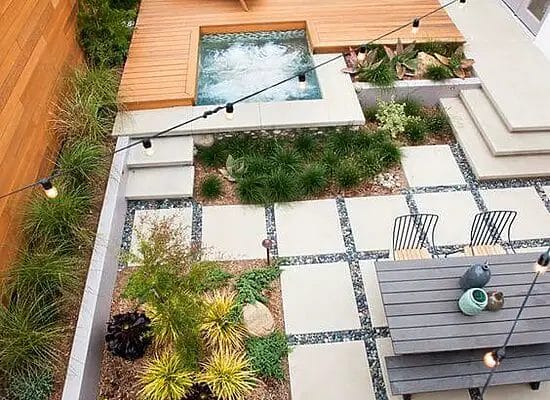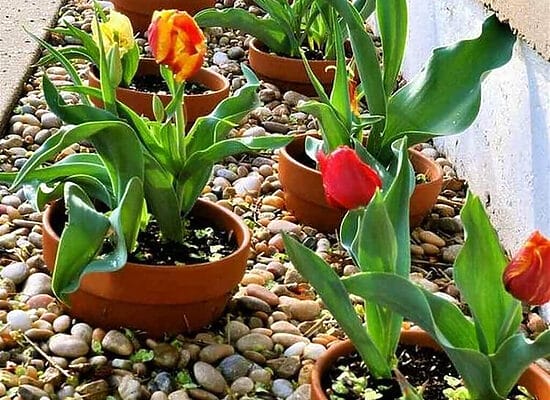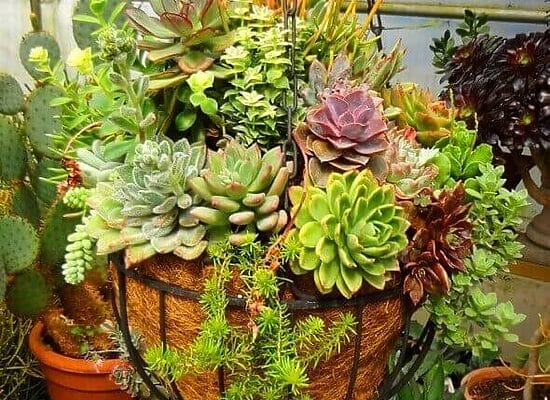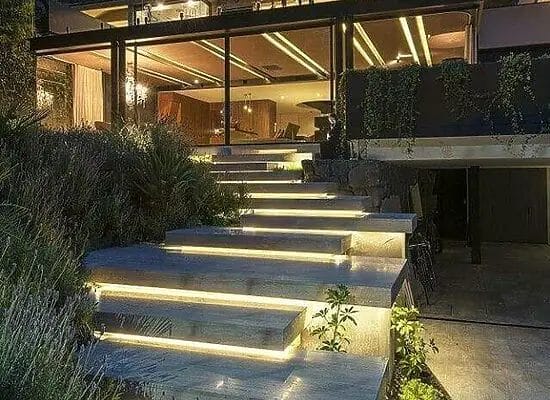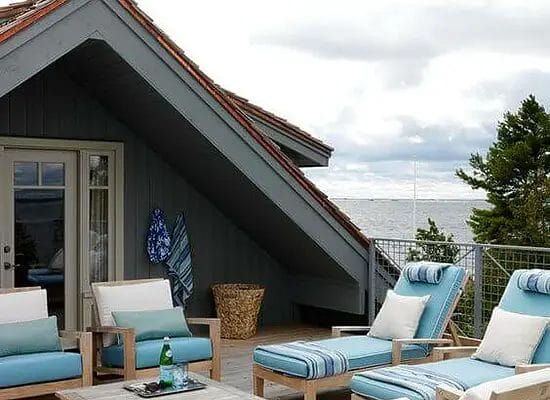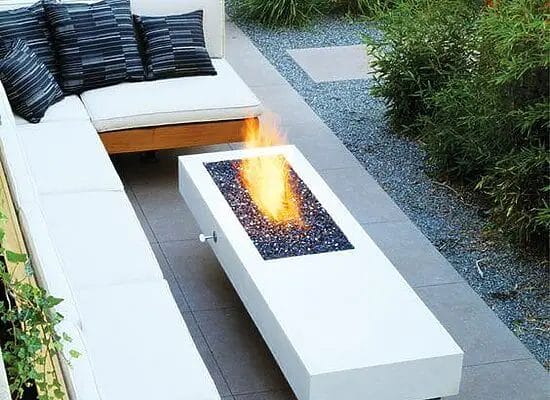When you are deciding how your new home should look like (or how to redo your outdoor spaces), you may overlook decorative landscape curbing. We are here to show you how important that can be.
Soon you will find there are numerous kinds of landscape curbing you can do. We tried to cover as many possibilities as possible, so, among our list, you will find a bit of the many garden curbing ideas you can use. For instance, you can go for concrete flower bed edging or a more traditional lawn curb, but this post features other kinds of decorative landscape curbing such as wooden border edging.
Decorative landscape curbing can be made in some different ways, it can also double as an outdoor lighting fixture to light all the paths you designed on your garden or yard, and you just need to adapt your landscape edging installation to your needs. If you have a pond in your backyard, you can use these exotic decorative landscape curbing to make it extra special, but these ideas can be adapted to many types of curbs you might have in your garden.
These decorative landscape curbing ideas we are about to provide you with may be enough to get you going deciding how to curb your lawn, pond, paths and virtually any edge you want to redo outdoors. A nice flower bed can use a beautiful curb to make it pop, or maybe you have some corners around your garden that would look so much better with some decorative landscape curbing. We want to help you designing – or asking your outdoor designer for – the perfect yard for you, with all the fixtures you like and all the little details that will have you owning your personalized garden. So take a look at what we put together for you, we bet you will find at least one that suits your needs!

